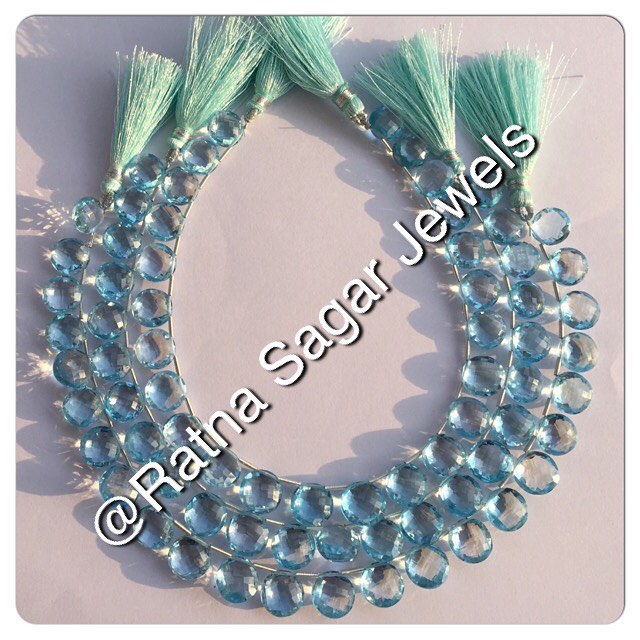Since ages, topaz has been referred to as a mystic stone owing to its connection with witch craft, sorcery and medicine. In ancient times, it was believed that topaz could cure lunacy and intoxication. A protection stone of sorts, the value of topaz has dropped significantly in recent years due to large scale focus on colored transparent gemstones like sapphires, rubies and diamonds. However, topaz gemstones still hold a commanding position in the market. Here are 5 factors that buyers must consider before making a deal on topaz gemstones.
1. The color:
Like diamond, pure diamond is a transparent gemstone with a slight blue or pink tinge. The tint appears due to presence of many impurities in the gemstone. A typical topaz exudes vibrant colors like tangerine, yellow, citrine and reddish-orange.
Some topaz gemstones are also available in dark brown, green, champagne and reddish blue shades. Lighter the color of the topaz, older the gemstone’s origin is. For instance, the oldest topaz gemstone is a pale green rock that is at least 200 million years old. Stones older than that age are hard to extract owing to drastic change in the earth’s crust that has occurred since that period.
2. Artificial colors and irradiation:
Colored topaz gemstones are very hard to find. In order to meet the demand from the market, natural gemstones are exposed to various heat treatments and artificial color enhancement process. One of them is gemstone irradiation.
According to the latest reports, the topaz is the most commonly irradiated gemstone in the market. Close to 6000 kilograms of topaz gemstones are irradiated each year.
The irradiation process of topaz is done by bombarding the crystal structure of the gemstone by neutrons in a nuclear furnace, under controlled conditions. The process produces vibrant play of color, mostly close to the blue spectrum.
Topaz gemstones that are irradiated artificially are observed to have smooth color stability and uniform clarity.
3. Pleochroism:
Topaz gemstones exhibit a very special optical phenomenon called pleochroism. The best way to identify a pure topaz is to look for this particular optical phenomenon under UV radiation.
When held against a constant source of light, the topaz gemstone tends to change its color when rotated along different planes, Blue topaz gemstone demonstrates the highest level of pleochroism, shifting its color between pale pink and light blue. At certain angles, the gemstone even tends to lose its color and appears as glass/silica structure.

4. Best cuts:
Topaz gemstone ranks very high on the Mohs scale. It has a hardness factor of 8.0 which means that it can’t be easily scratched or cut. It is cut only by diamond cutters and abrasive pads. The most preferred topaz gemstone cuts that have maximum resale value are:
- Ovals
- Marquis
- Pear
- Heat briolette
- Emerald Cuts
- Step-cut/Faceted cube
For anniversary and engagement collections, the topaz gemstones with fancy cut are also very popular. The ideal size is usually 10x8 mm which is around 3 carats. Smaller gemstones are usually available in Brilliants and Princess Cut designs.
Save
501ebdf8-02a0-41a3-b987-0656f091d879|0|.0|27604f05-86ad-47ef-9e05-950bb762570c
Tags
: Blue Topaz Gemstone Beads . Loose Blue Topaz Beads . Blue Topaz Gemstone Beads Manufacturer